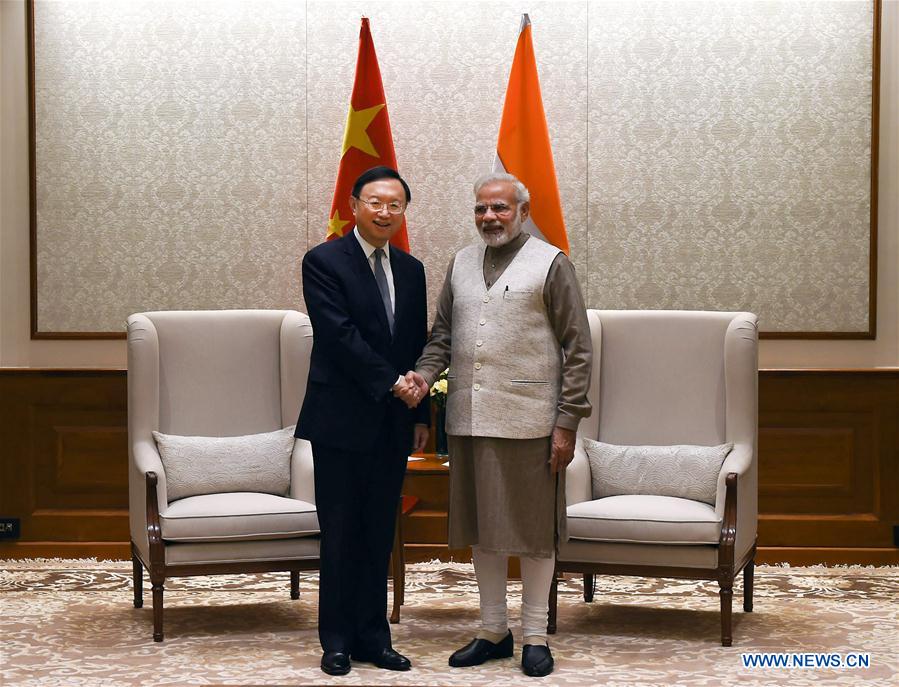
(TibetanReview.net, Dec26, 2017) – India and China have discussed, in their talks in New Delhi on Dec 22, ways to prevent a repeat of their 73-day, Jun-Aug 2017 military stand-off at Doklam near the tri-junction of the borders of India, Bhutan and Chinese ruled Tibet, reported the AP Dec 23. And they have agreed that resolving their boundary disagreements served the interests of both countries.
Frequent allegations of Chinese intrusion along the undemarcated border have led to repeated strains in bilateral relations. The two sides fought a month-long border war in late 1962 and have been trying to settle the boundary since the 1980s.
The report cited a statement by India’s External Affairs Ministry released at the end of the day-long talks between teams led by India’s National Security Adviser Mr Ajit Doval and the Chinese delegation led by Special Representative Mr Yang Jiechi as saying the two sides agreed that pending the final resolution of the issue, it was necessary to maintain peace and tranquillity in border areas.
“The talks were positive and focused on bringing out the full potential of the closer developmental partnership between the two countries,” the statement was quoted as saying. “They re-emphasised their commitment to achieve a fair, reasonable and mutually acceptable solution to the India-China boundary question at an early date.”
China claims about 90,000 square kilometres of territory in India’s northeast inhabited by some 1.4 million people. It cites the region’s cultural affinity with Tibet as evidence that the area is part of what it calls “southern” Tibet, the report noted.
India, on the other hand, says China occupies 38,000 square kilometres of its territory in the Aksai Chin plateau, a virtually uninhabited high-altitude desert expanse in the western Himalayas.
The Dec 22 talks were the 20th between the two sides on the border issue since the mid-1980s.
The Doklam standoff took place despite the fact that the two sides had concluded a Border Defence Cooperation Agreement that sets out the norms of behaviour for both the sides during the regular patrols on their respective sides. Its most important elements are that nothing of a permanent nature will be built on these disputed areas, and that the patrols take every precaution to ensure they do not confront each other.
This means that if they come face to face they will both withdraw. The corollary to this is that the patrols will not follow each other. The agreement also requires local commanders to frequently meet and exchange views and sort out their local differences.





